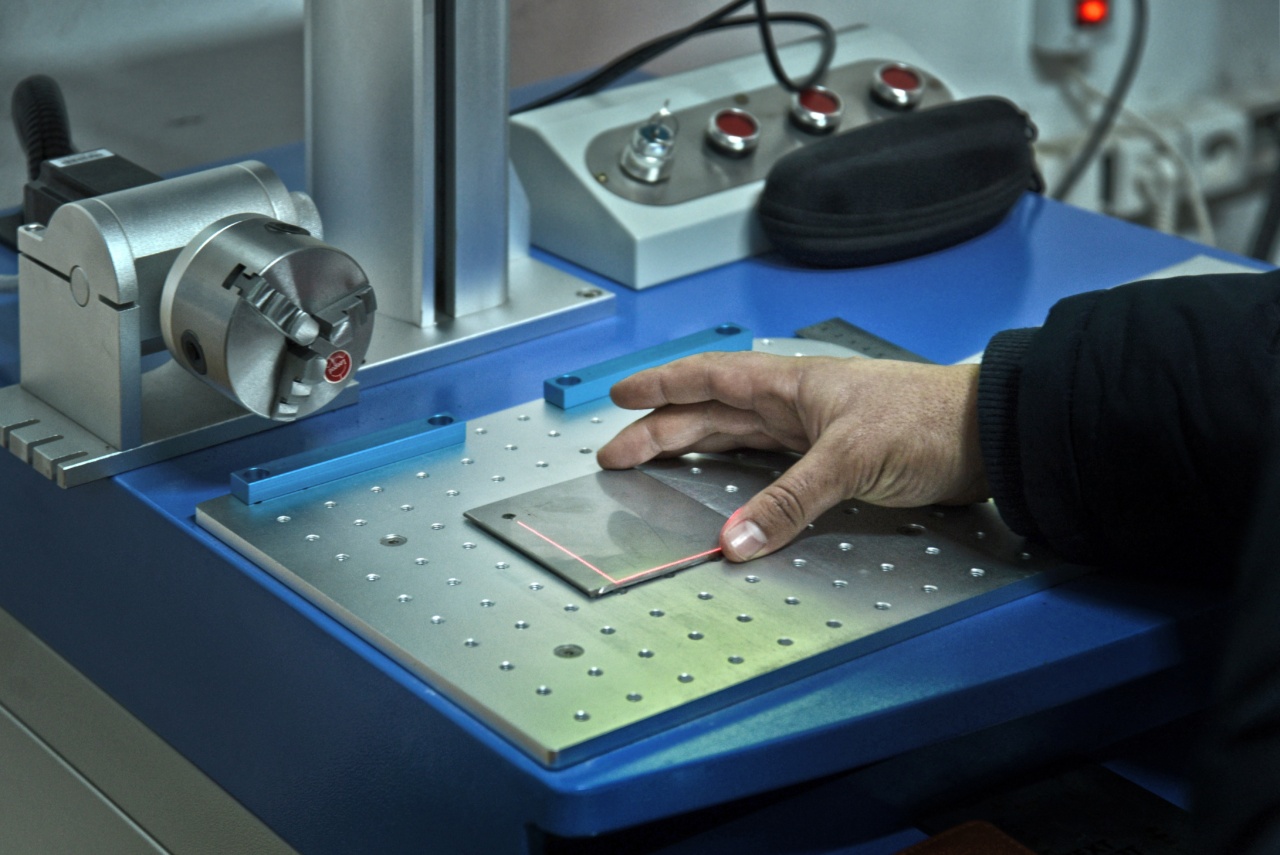Cellulite is a common cosmetic concern that affects many people, especially women. It is the dimpled appearance of skin that occurs when fat deposits push through connective tissue, creating a lumpy, uneven texture.
While cellulite is not harmful to one’s health, it can be a source of self-consciousness and insecurity.
Despite its prevalence, there are many myths surrounding cellulite that are not backed by science. Here are four common misconceptions about cellulite, debunked:.
Myth #1: Cellulite is caused by weight gain
Contrary to popular belief, cellulite is not necessarily caused by weight gain. While excess body fat can make cellulite more visible, it is not the root cause.
In fact, thin people can still have cellulite, as it is primarily influenced by genetics, hormones, and the structure of connective tissue.
Cellulite occurs when fat cells located under the skin’s surface enlarge, pushing the surrounding connective tissue upward.
This can create a lumpy appearance, especially in areas of the body with thicker skin and weaker connective tissue, such as the thighs and buttocks.
Myth #2: Only women get cellulite
While it is true that cellulite is more common in women than in men, it is not exclusive to one gender. Men can develop cellulite, especially as they age and their skin becomes less elastic.
However, women are more prone to developing cellulite due to hormonal differences.
Estrogen, in particular, can contribute to the formation of cellulite by impacting blood circulation and weakening connective tissue.
This hormone also promotes the storage of fat in the thighs and hips, which are common areas for cellulite development.
Myth #3: Creams and lotions can eliminate cellulite
While there are many creams and lotions marketed as “anti-cellulite,” there is no scientific evidence to suggest that they can actually eliminate cellulite.
These products often contain ingredients such as caffeine, retinol, and antioxidants, which may improve skin hydration and texture, but they cannot penetrate deeply enough to target the underlying fat deposits and connective tissue.
There are also no topical treatments that can alter the structure of connective tissue, which is a major factor in cellulite development.
The most effective way to reduce cellulite is through lifestyle changes, such as maintaining a healthy diet, exercising regularly, and reducing stress.
Myth #4: Liposuction can get rid of cellulite
Liposuction is a surgical procedure that removes excess fat from areas of the body, but it is not a solution for cellulite.
In fact, liposuction may make cellulite more noticeable by removing the fat layer that helps to smooth out the skin’s surface.
Additionally, liposuction cannot address the root cause of cellulite, which is the structure of connective tissue.
Even if all the fat cells responsible for cellulite were removed, the connective tissue would still remain in its weakened state, leading to a continued dimpled appearance.
In conclusion
Cellulite is a common cosmetic concern that affects many people, but it is not well understood.
While there are many myths surrounding cellulite, the scientific evidence suggests that it is primarily influenced by genetics, hormones, and connective tissue structure. Creams, lotions, and liposuction are not effective treatments for cellulite, and lifestyle changes may be more helpful in reducing its appearance.






























